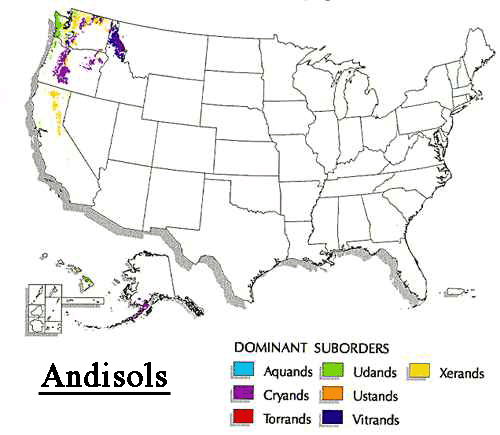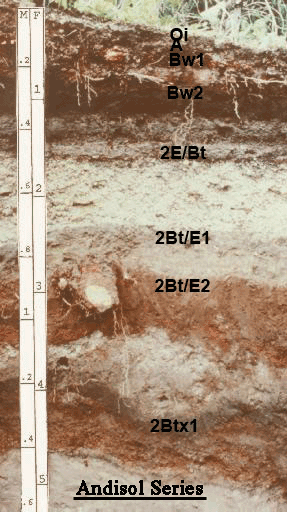G. Rey assisting with accident in front of us.
The Dust Bowl. Last time you may have heard about this was your high school history class when discussing the Great Depression. This greatest environmental disaster in US history resulted from the combination of a decade long drought starting in 1931, poor ranching and cultivation practices, and an increase in farmland. These factors worked together to create the perfect conditions for vast amounts of soil erosion via wind.
Photo Credit NRCS Photo Gallery (http://photogallery.nrcs.usda.gov/)
The panhandle of Oklahoma, northern Texas, northeast New Mexico, southeast Colorado, and southwest Kansas experienced the most intense erosion during the Dust Bowl Era. The drought during this time contributed to the failing crops and exposed soil, but let's back up just a tick and look at what was going on prior to the 1930's. The Great Plains are known for having fertile grasslands. This allowed ranchers to provide abundant feed for their stock. However, as with any resource overuse will degrade and diminish it. Overgrazing decreased these bunch grasses found on the plains. Bunch grasses are perennial meaning they continue to grow from year to year and can build up extensive root systems. The root systems act as a glue to hold the soil together. Decreasing the population of these grasses increases the chance of soil escaping via erosion. With the decrease in grasses, the grazing land was converted into farmland. Wheat dominated this area. With plenty of precipitation during the 1920's more and more folks were attracted to farming and more land converted (losing those extensive root systems holding the soil together). When the drought of the 1930's hit loss of crops and the absence of drought tolerant plants to hold the soil together combined with winds resulted mass transport of soil.
Photo Credit NRCS Photo Gallery (http://photogallery.nrcs.usda.gov/)
So how did we find our way out of this mess? Mother nature helped with the return of rain in 1939. However, before this there were measures taken to reduce the effects and help prevent future disasters such as this. The Soil Erosion Service was established in 1933 and the concept of "soil conservation" began to spread across the country. Protecting the soil and preserving fertility became the main message touted by the agency via the director, Hugh Hammond Bennett. During the 1920's Bennett had already begun to talk about erosion in his publications, including "Soil Erosion: A National Menance," which is considered his most influential writing. In addition to the Soil Erosion Service was the establishment of soil erosion experiment stations as well as soil and water conservation districts.
Today's focus by the NRCS has continued this line of thinking. Soil health is at the forefront of their message - http://www.nrcs.usda.gov/wps/portal/nrcs/main/national/soils/health/
for farmers and ranchers. Various adjustments to these practices such as cover cropping, short-rotation grazing, less intense tillage can help to improve soil conditions. Changing up practices can be complicated and sometimes costly in the short-run, but without evolution in how we grow food, fuel, and clothing the soil will essentially turn on us. This was made apparent by driving through the Central Valley of California where farmers struggle with lack of water from drought and reductions in government allocation of irrigation water. It is a complex situation in which everyone and no one is to blame. What is most important is figuring out way out of this one by using what we know from history and the tools at our disposal. This applies to California as well as other states in the US and beyond our borders. A colleague in South Africa passed a long the photo below of similar issues they are having with soil erosion due to drought and past cultivation practices.
Photo courtesy of C. Fraenkel
Some thoughts to leave you with by Secretary of Agriculture Henry Wallace in 1936:
"The nation that destroys its soil destroys itself. The soil is indespensible. Heedless wastage of wealth which nature has stored in the soil cannot long continue without the effects being felt by every member of the society...Wind and water are seldom harmful when the natural environment is undisturbed. But, when soil resources are used unwisely, wind and water write a tragic story in dust storms and muddy rivers that carry good soil to the ocean."











